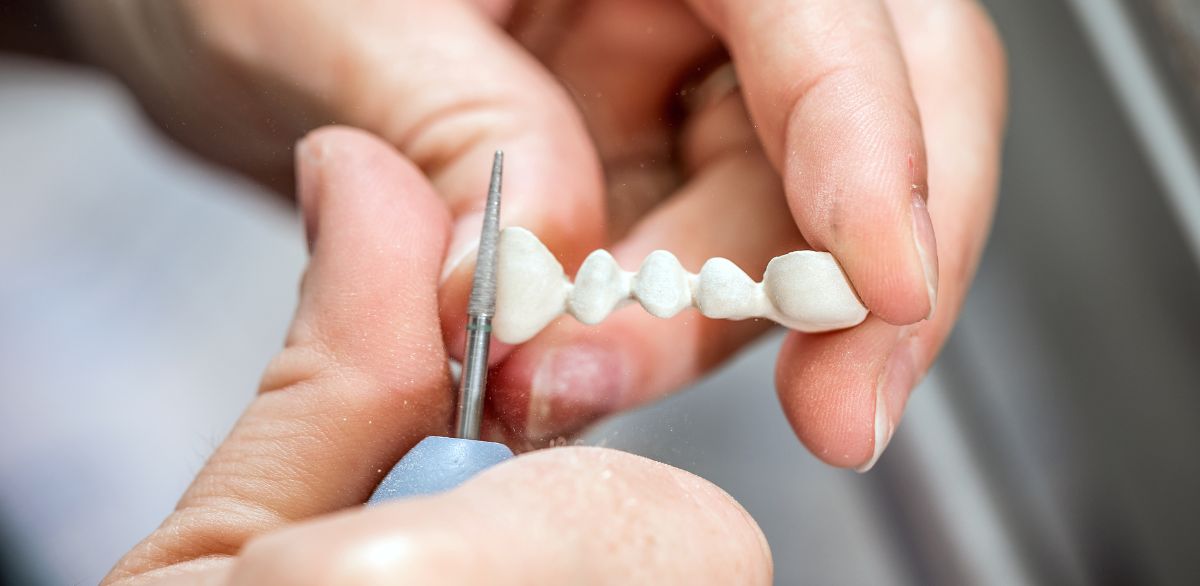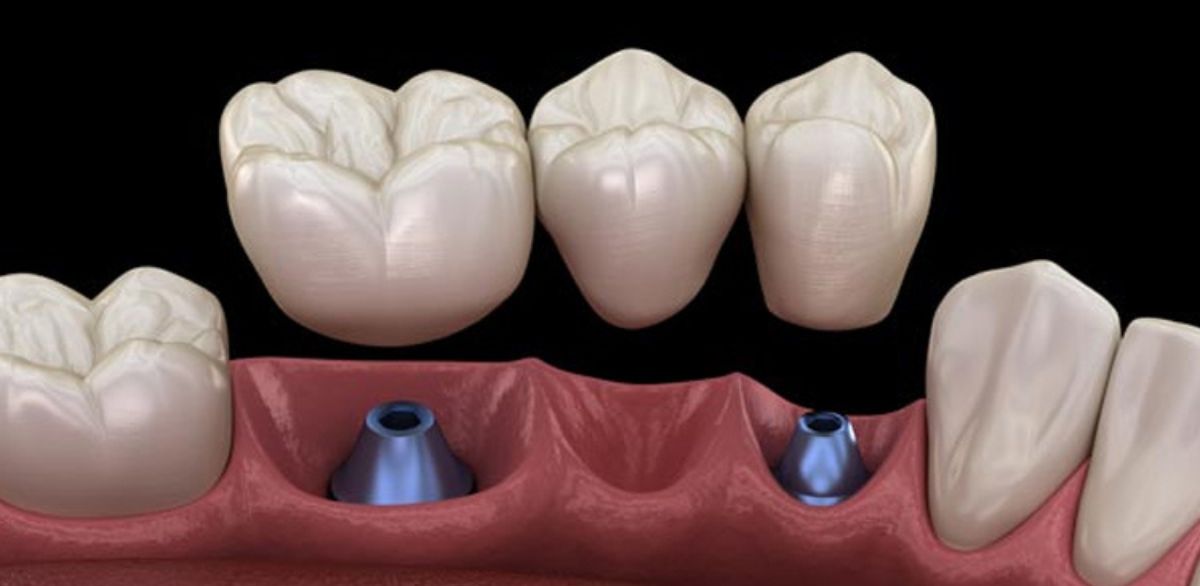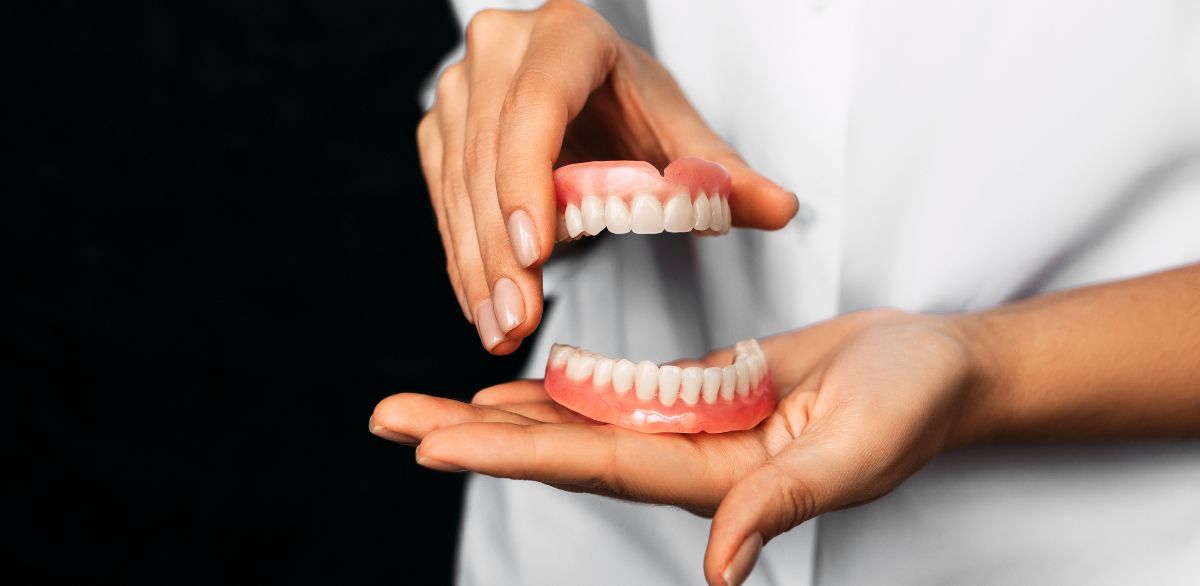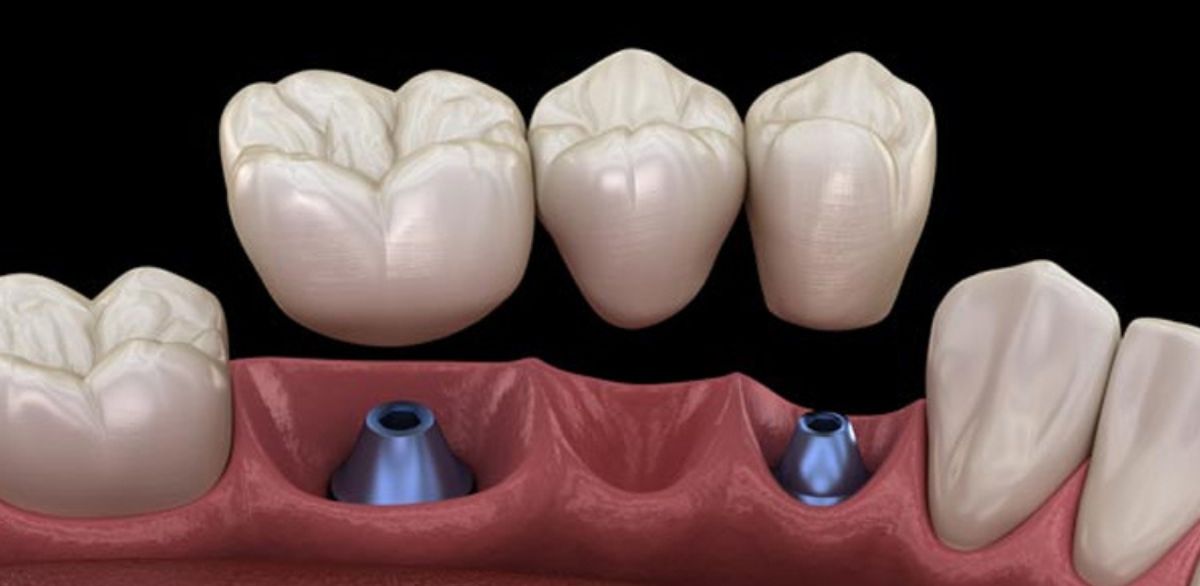
Losing a dental bridge can be a bit of a shocker, but don’t panic! It’s important to stay calm and act quickly to protect your oral health and maintain the integrity of your smile. Whether you’re sipping on a coffee or just going about your day, a sudden dental bridge mishap can feel like a major interruption. But no worries—here are five immediate actions you should take when your dental bridge falls out to handle the situation like a pro and get back on track.
1. Stay Calm and Assess the Situation
First things first: breathe. Losing a dental bridge can be startling, but staying calm is crucial. Carefully examine the bridge and the area where it fell out. Check if the bridge is intact or if any pieces are missing. This will help your dentist determine the best course of action when you get in touch with them. If the bridge is still in one piece, lightly rinse it with water to remove any debris. Avoid using soap or toothpaste at this stage.
2. Keep the Dental Bridge Clean and Safe
To ensure your dental bridge stays in good condition for your dentist appointment, clean it properly and store it safely. Rinse the bridge with lukewarm water to remove any food particles or residue. Place it in a clean container or a soft cloth to protect it from damage. Avoid using hot water or scrubbing the bridge, as this could harm its structure. Store the bridge in a clean, dry container or cover it up in a soft cloth to avoid further damage, and keep it safe until you visit your dentist.
3. Apply Temporary Fixes (If Necessary)
While waiting for your dental appointment, you might consider using temporary dental cement to hold the bridge in place. Over-the-counter dental cement is available at most pharmacies and can provide a temporary solution until you get professional help. Follow the instructions carefully; remember, this is just a short-term fix to keep the bridge from falling out again.
4. Contact Your Dentist Immediately
Reach out to your dentist as soon as possible for dental bridge treatment. Let them know what happened, and describe any pain or discomfort you’re experiencing. Your dentist will provide guidance and assistance on the next steps. Schedule an appointment to assess the situation as soon as possible. They may also offer temporary solutions to manage discomfort or address any immediate issues. If your dentist is unavailable, consider visiting an emergency dental clinic. Many clinics offer same-day appointments for urgent cases.
5. Avoid Eating or Drinking on the Affected Side
While waiting for your dental appointment, avoid using the side of your mouth where the bridge fell out. Eating or drinking on this side could exacerbate any existing issues or cause discomfort. Stick to soft foods and beverages on the opposite side of your mouth to prevent further complications. Opt for soft, non-irritating foods like yogurt, mashed potatoes, and smoothies. Avoid sticky or hard foods that could further damage the area.
6. Maintain Good Oral Hygiene
Even though your dental bridge is out, it’s crucial to maintain good oral hygiene. Brush and floss your teeth regularly, and ensure extra attention is given to the area where the bridge was. Keeping your mouth clean will help prevent any potential infections or complications while you await your dental appointment. A soft-bristled toothbrush and fluoride toothpaste are to be used to gently clean your teeth. Avoid brushing aggressively around the exposed area.
Dealing with a dental bridge falling out can be a bit of a curveball, but you can manage the situation effectively with these steps. Staying calm, taking immediate action, and contacting your dentist will help ensure your smile is back to its best in no time. Remember, your dental bridge is an important part of your smile’s functionality and aesthetics, so taking quick and appropriate action is key to maintaining your oral health.
Frequently Asked Questions on Dental Bridge Treatment
A: Rinse the pieces with lukewarm water, store them safely, and contact your dentist immediately for further instructions.
A: It’s not recommended to use over-the-counter adhesives. Wait for your dentist’s guidance before attempting any temporary fixes.
A: Schedule an appointment with your dentist as soon as possible. Delays could lead to further oral health issues or complications.
A: Depending on the condition of the bridge and the underlying teeth, your dentist will determine whether it can be repaired or if a replacement is necessary.
A: To prevent further damage and discomfort, avoid eating or drinking on the affected side of your mouth. Stick to soft foods and beverages on the opposite side until your dental bridge treatment.



